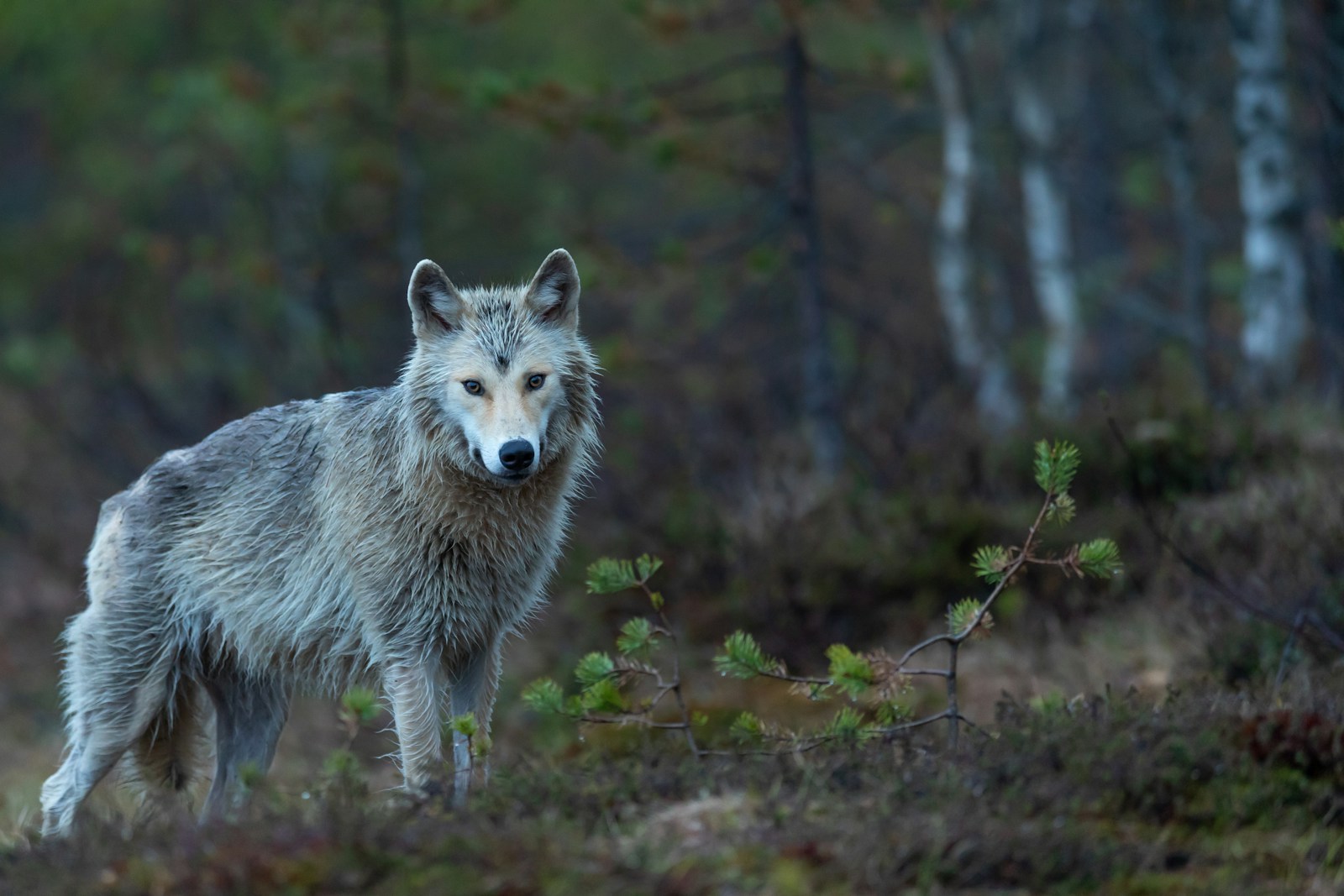The howl of a wolf echoing across Yellowstone National Park is more than just an evocative sound of wilderness—it represents one of the most significant ecological restoration projects in American history. In 1995, after a 70-year absence, wolves returned to Yellowstone through a carefully planned reintroduction program. This bold conservation initiative aimed to restore a keystone predator to an ecosystem that had become unbalanced in its absence. What followed was a remarkable cascade of ecological changes that scientists continue to study today, transforming not just the wildlife populations but the very landscape of America’s first national park. The story of Yellowstone’s wolves illustrates the complex interconnectedness of natural systems and offers powerful lessons about conservation, ecosystem management, and the sometimes unexpected ways that nature responds to human intervention.
The Disappearance of Wolves from Yellowstone
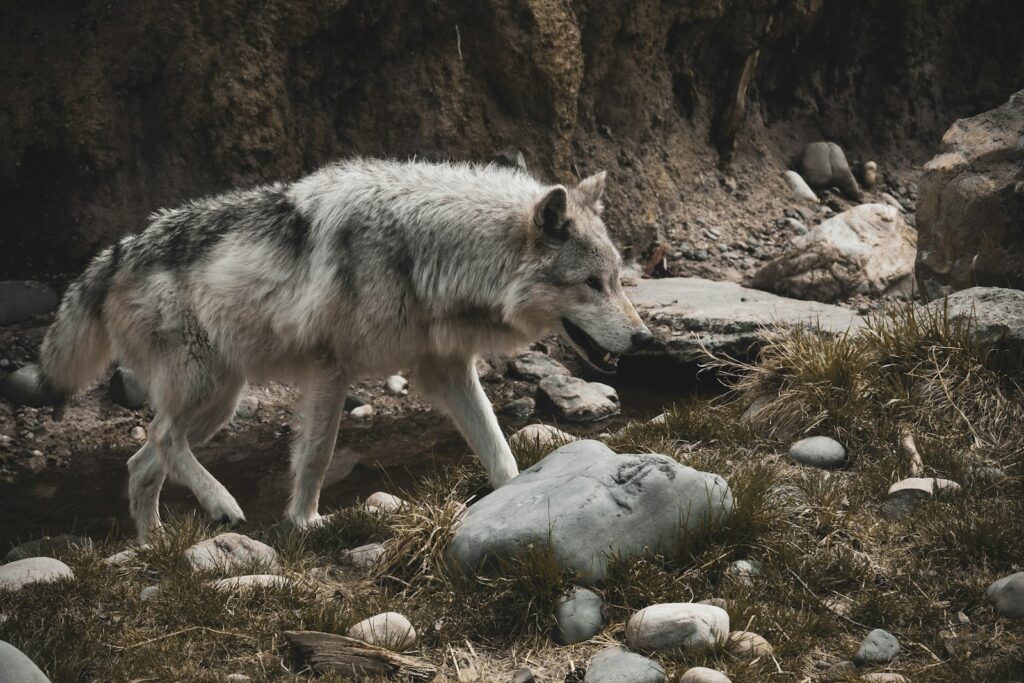
Wolves once roamed freely throughout the Yellowstone region, serving as apex predators in a complex ecosystem that had evolved over thousands of years. By the 1920s, however, government-sponsored predator control programs had systematically eliminated wolves from the park and surrounding areas. The last wolf pack in Yellowstone was killed in 1926, marking the beginning of a seven-decade absence that would profoundly alter the park’s ecological balance. This elimination was part of a broader national campaign against predators, which were viewed as threats to livestock and game animals rather than as essential components of healthy ecosystems. The policy reflected the prevailing attitudes of the time, which failed to recognize the vital ecological role that predators play in maintaining biodiversity and ecosystem function.
Ecological Consequences of Wolf Absence
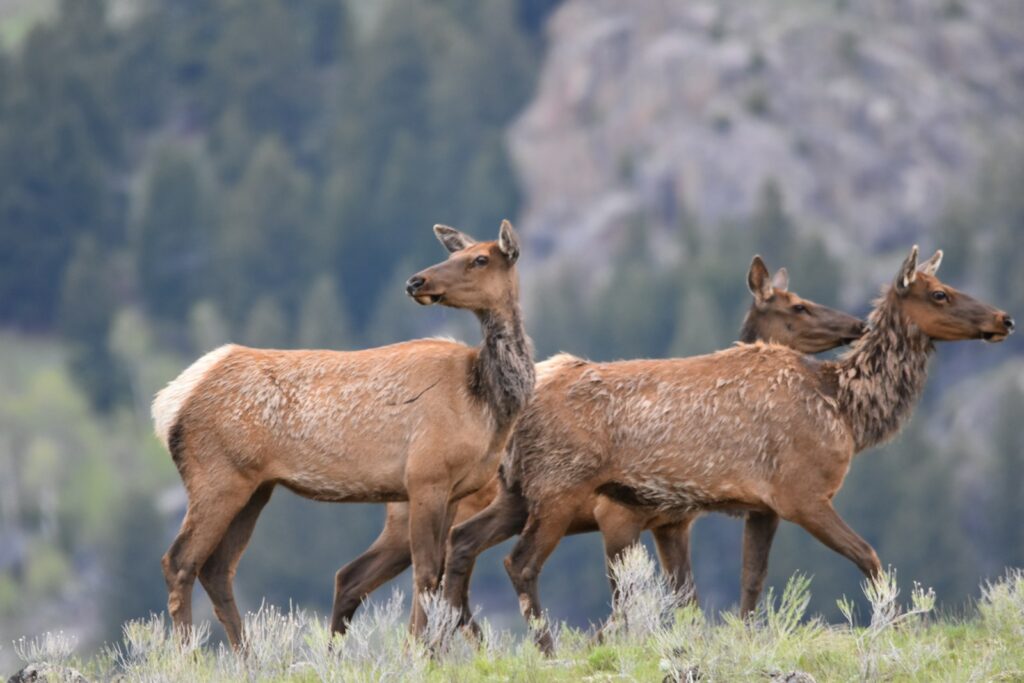
Without wolves to keep their numbers in check, Yellowstone’s elk population exploded, reaching unsustainable levels that transformed the park’s landscape. Elk browsing patterns changed dramatically as they could now feed without fear in previously risky areas, leading to the overbrowsing of young trees, particularly willows, aspens, and cottonwoods along riverbanks. This phenomenon, known as a “trophic cascade,” rippled through the ecosystem, affecting everything from beaver populations to songbird diversity. Riparian zones—the rich habitats along riverbanks—deteriorated as vegetation was stripped away, causing increased erosion and habitat loss for numerous species. Scientists observed these changes but couldn’t fully appreciate their scope until they witnessed what happened when wolves returned.
The Path to Reintroduction

The journey toward wolf reintroduction began in the 1960s as ecological understanding evolved and the environmental movement gained momentum. The passage of the Endangered Species Act in 1973 provided legal protection for wolves and a framework for their recovery. After decades of research, public debate, and environmental impact studies, the U.S. Fish and Wildlife Service approved a plan to reintroduce wolves to Yellowstone and central Idaho. The plan wasn’t without controversy—ranchers feared for their livestock, hunters worried about impacts on game populations, and some conservationists argued for natural recolonization rather than active reintroduction. Despite fierce opposition and legal challenges, the program moved forward, representing a significant shift in American conservation philosophy toward ecosystem restoration and the recognition of predators’ ecological importance.
The Historic Release

In January 1995, the first eight gray wolves from Canada were released into Yellowstone’s Lamar Valley, an event that marked a watershed moment in wildlife conservation history. Wildlife biologists had carefully selected healthy wolves from Alberta’s populations, ensuring they would adapt well to Yellowstone’s similar habitat. The wolves were initially kept in acclimation pens to help them adjust to their new environment before being released into the wild. In 1996, an additional 10 wolves were brought to the park, bringing the total to 31 reintroduced wolves over the two-year period. Each wolf was fitted with a radio collar to allow scientists to track their movements, survival rates, and behavior, providing unprecedented data about how a keystone species reestablishes itself in a former habitat.
Initial Adaptation and Population Growth
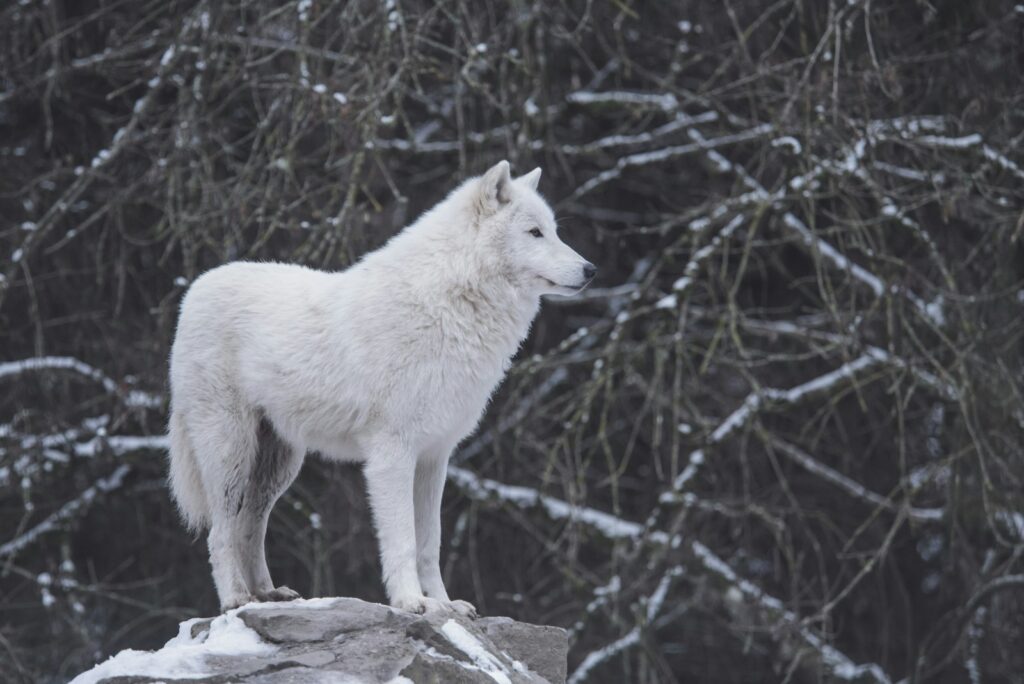
The reintroduced wolves adapted remarkably well to their ancestral hunting grounds, quickly establishing territories and forming packs across the northern range of Yellowstone. Within two years, successful breeding had occurred, and the first wild-born pups in seven decades appeared in the park. By 2000, the population had grown to approximately 100 wolves organized into about 10 packs, exceeding even the most optimistic projections from wildlife managers. The wolves demonstrated remarkable resilience, learning to hunt Yellowstone’s abundant elk while adapting to seasonal changes in prey availability and environmental conditions. Their rapid population growth and successful territory establishment provided early evidence that the reintroduction would succeed ecologically, though social and political challenges remained.
The Trophic Cascade Effect
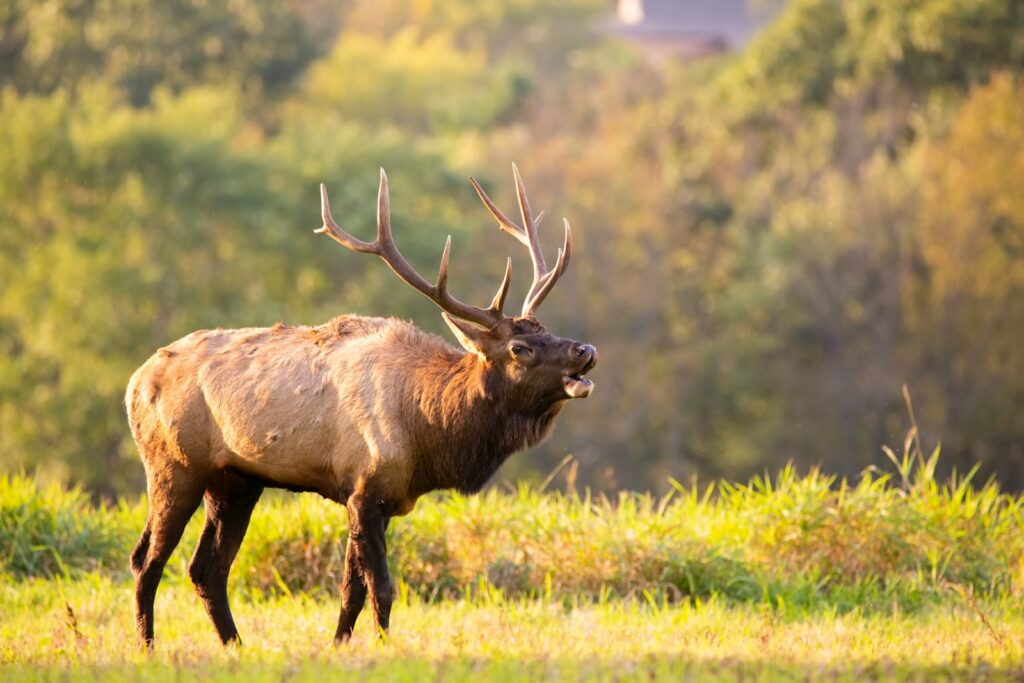
Perhaps the most dramatic and studied consequence of wolf reintroduction has been the initiation of a trophic cascade—a series of ecological changes triggered by the presence of a top predator. The wolves began controlling the elk population not just through predation but by changing elk behavior, creating what ecologists call a “landscape of fear” where prey animals alter their habits to avoid predation risk. Elk began avoiding certain areas, particularly valleys and riverbanks where they were more vulnerable to wolf attacks. This behavioral shift allowed vegetation in these areas to recover, with young aspen, willow, and cottonwood trees growing to heights not seen in decades. The regenerating forests created habitat for songbirds, stabilized riverbanks, and provided building materials for beavers, demonstrating how one species can indirectly influence an entire ecosystem.
The Return of Beavers and Riparian Recovery

One of the most remarkable secondary effects of wolf reintroduction has been the resurgence of Yellowstone’s beaver population, which had declined dramatically during the wolves’ absence. As streamside vegetation recovered following changes in elk browsing patterns, beavers gained access to the materials they needed for dam and lodge construction. From just one colony in 1996, the beaver population expanded to over a dozen colonies by 2007, creating a network of ponds and wetlands across the northern range. These beaver-engineered habitats have profound ecological benefits, creating diverse aquatic habitats, raising water tables, reducing erosion, and providing drought resistance. The expanding wetlands support amphibians, fish, waterfowl, and muskrats, illustrating how the influence of wolves extends far beyond their direct prey relationships.
Effects on Other Wildlife Species
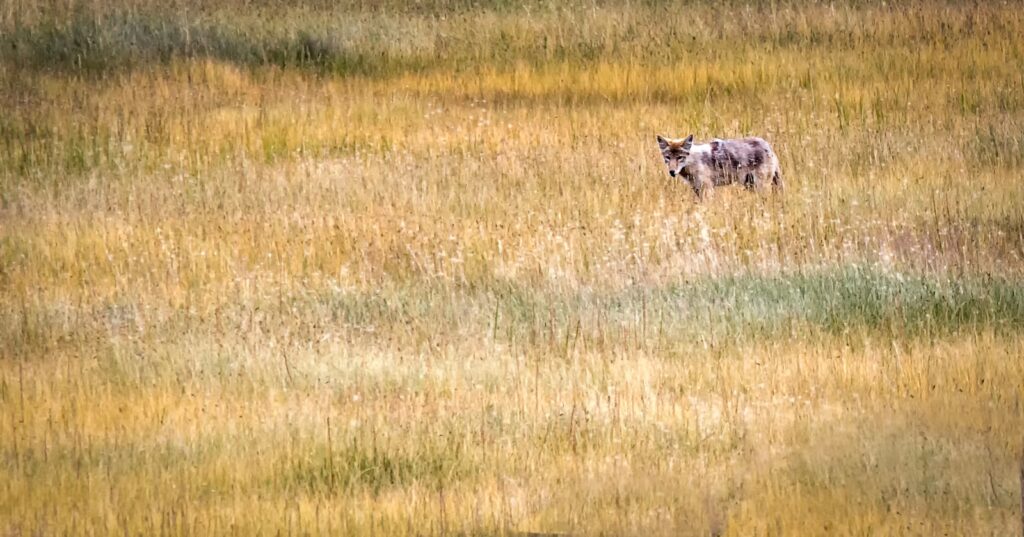
The return of wolves triggered a remarkable reorganization of Yellowstone’s wildlife community by altering competitive relationships between species. Wolves reduced coyote populations through direct competition and predation, which in turn benefited smaller predators and their prey, including foxes, weasels, and various rodent species. Scavengers like ravens, eagles, magpies, and bears gained an important food source from wolf kills, especially during winter when other food is scarce. Grizzly bears have even been observed appropriating wolf kills, demonstrating the complex competitive and commensal relationships that evolved. Some researchers have also documented increases in fox populations, pronghorn fawn survival, and songbird diversity in areas where wolves have restored more natural vegetation patterns, illustrating the far-reaching and often unexpected ecological connections.
Changes in Rivers and Landscapes
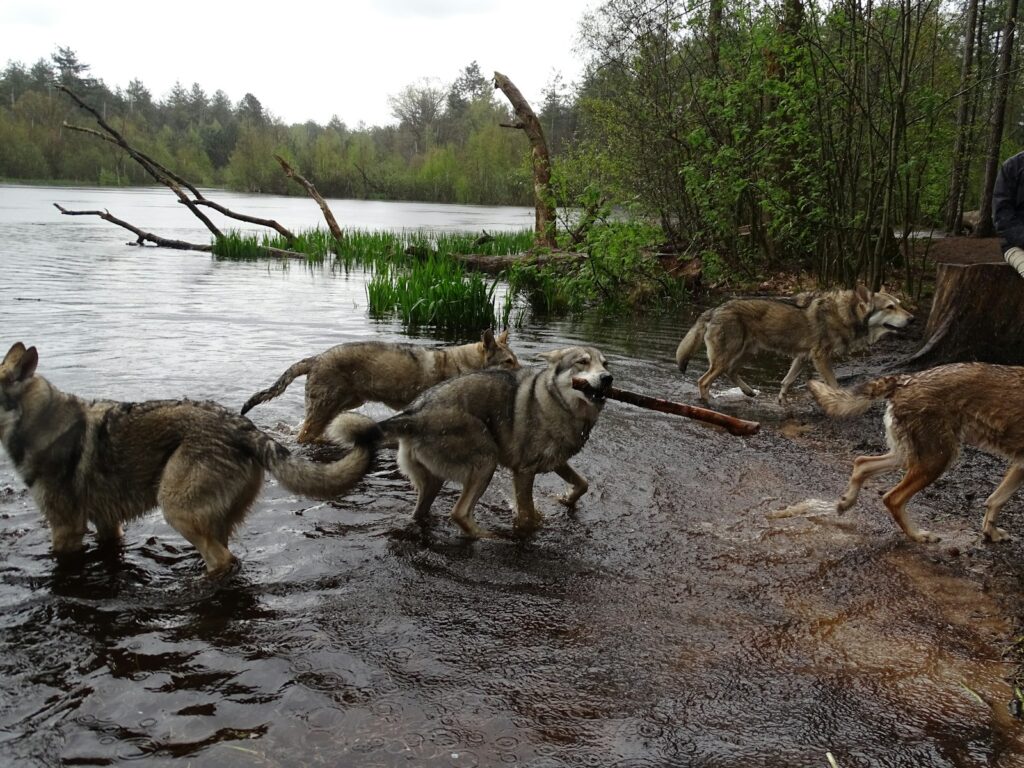
Perhaps the most surprising consequence of wolf reintroduction has been its impact on Yellowstone’s physical geography, particularly its rivers and streams. As vegetation recovered along riverbanks, the roots of trees and shrubs began stabilizing soils that had previously eroded during heavy rains and spring runoff. Channel narrowing occurred in some streams as vegetation slowed water flow and trapped sediment, creating more complex and ecologically productive aquatic habitats. In some areas, meandering rivers that had widened into shallow, warm waterways during the wolves’ absence began returning to deeper, cooler channels more suitable for native fish species. These changes were documented in a controversial but influential study that suggested wolves had literally changed the course of rivers in Yellowstone, highlighting how biological components can influence geological processes in what scientists call “biogeomorphology.”
Scientific Research and Monitoring
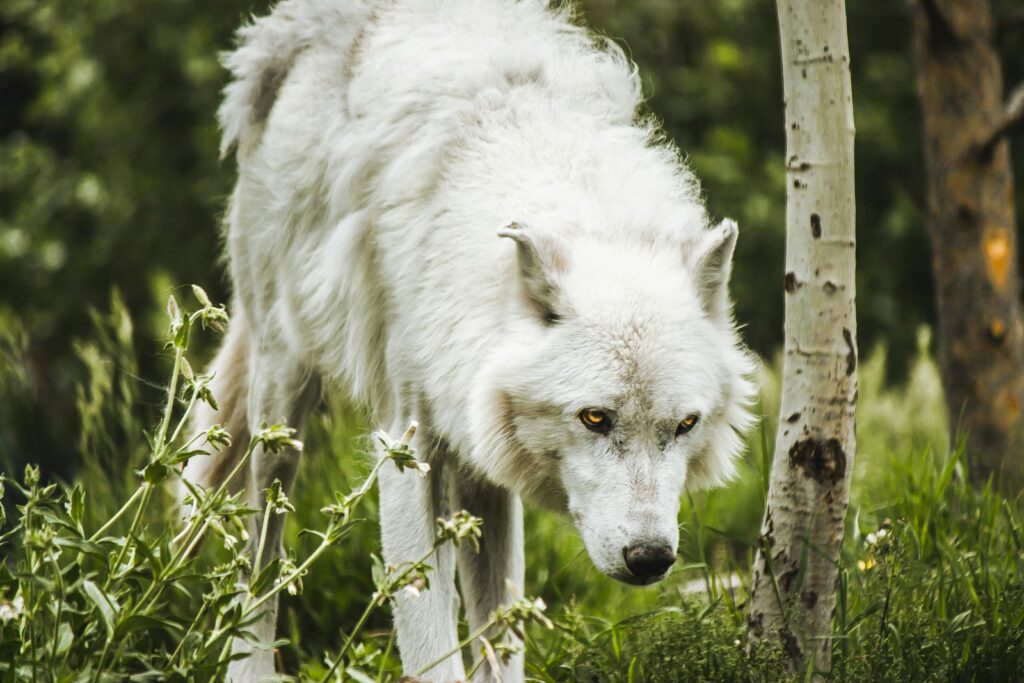
Yellowstone’s wolf reintroduction has created one of the world’s most closely studied natural laboratories, generating invaluable data about predator-prey dynamics and ecosystem processes. The Yellowstone Wolf Project, established to monitor the reintroduced population, has maintained continuous observation of the park’s wolves for over 25 years, creating one of the longest-running studies of a large predator anywhere in the world. Researchers use radio and GPS collars, field observations, genetic sampling, and remote cameras to track wolf movements, hunting behavior, pack dynamics, and health status. This research has fundamentally changed ecological understanding of how predators influence ecosystems, challenging simplistic notions about population control and revealing the complex indirect effects predators have on entire ecological communities through behaviorally mediated trophic cascades.
Economic and Tourism Impacts
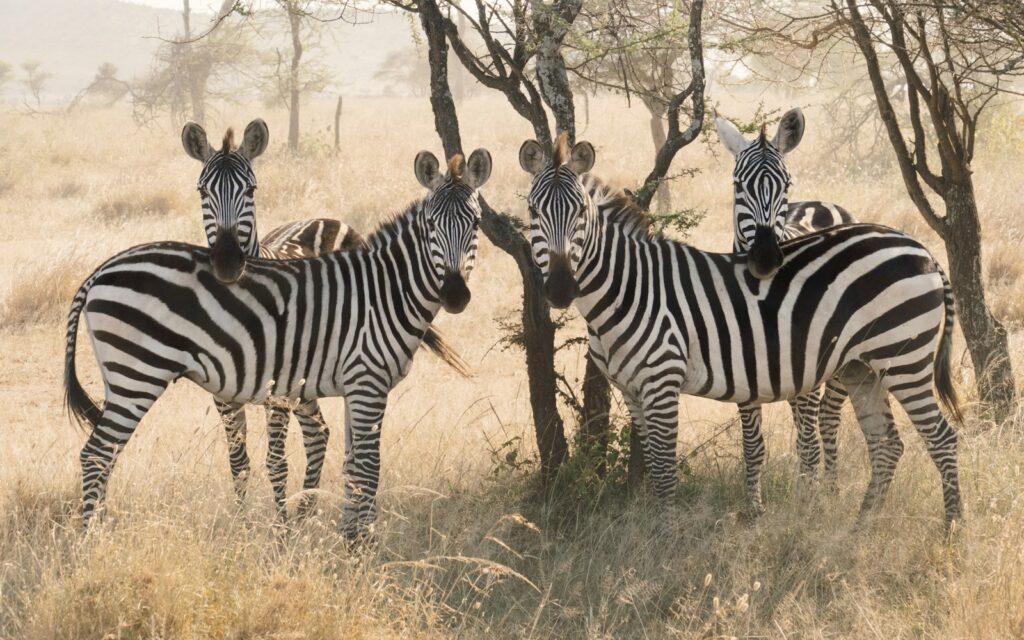
The return of wolves has transformed Yellowstone not only ecologically but economically, creating a wildlife watching boom that generates substantial revenue for surrounding communities. Wolf watching has become one of the park’s major attractions, with the Lamar Valley often referred to as “America’s Serengeti” for its exceptional wildlife viewing opportunities. A University of Montana study estimated that wolf-related tourism brings over $35 million annually to the Greater Yellowstone Ecosystem’s economy. Local businesses have adapted to serve this new tourism niche, offering guided wolf-watching tours, specialized photography safaris, and educational programs. The economic benefits have helped shift public perception about wolves in some communities, demonstrating that living predators can be more valuable than dead ones in a modern economy increasingly based on experiences rather than resource extraction.
Ongoing Controversies and Management Challenges
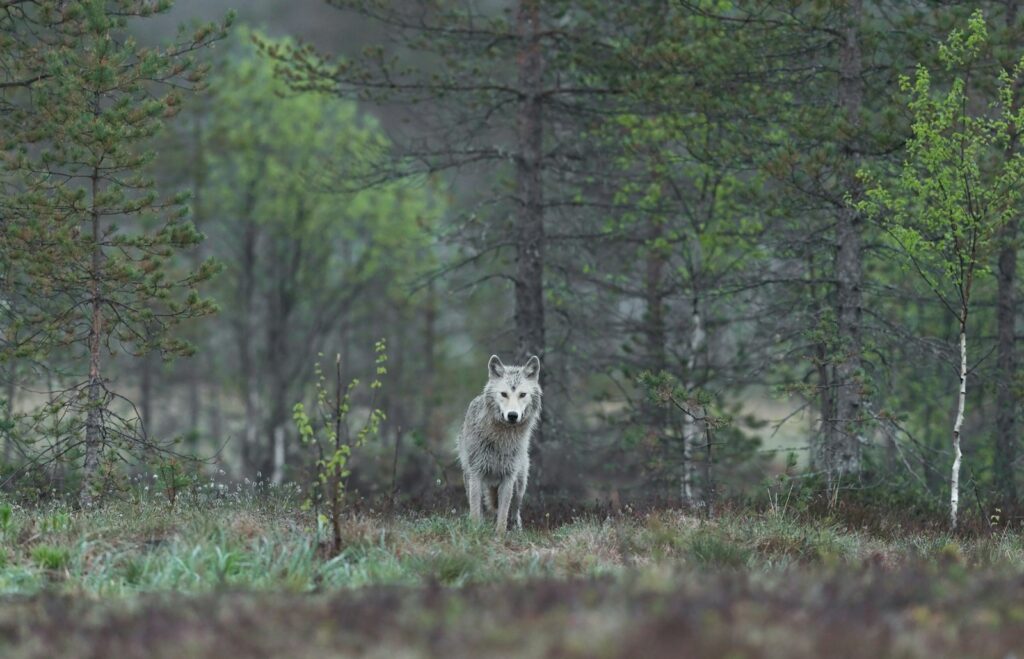
Despite its ecological success, wolf reintroduction remains controversial, particularly in communities surrounding the park where wolves have expanded their range. Ranchers continue to experience occasional livestock losses to wolf predation, though compensation programs and improved husbandry practices have helped mitigate conflicts. Hunters and outfitters have expressed concerns about reduced elk populations in some areas, though the relationship between wolf predation and elk numbers is complex and influenced by many factors including drought, other predators, and human hunting pressure. Wildlife managers face the complex challenge of balancing wolf conservation with human interests as wolves have expanded beyond park boundaries into multiple states with different management approaches. The 2011 congressional delisting of wolves in parts of the Northern Rockies transferred management from federal to state control, leading to regulated wolf hunting seasons that remain highly contentious among conservation advocates.
Lessons for Conservation Worldwide
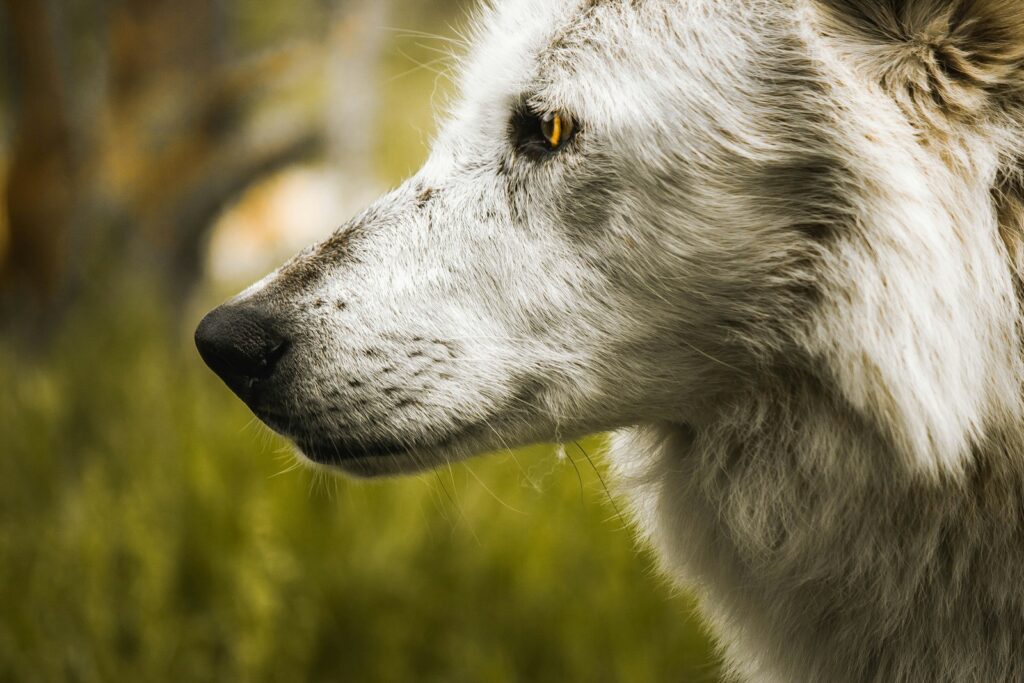
Yellowstone’s wolf reintroduction has become a globally significant case study in conservation biology, offering valuable insights for restoration efforts worldwide. The project demonstrated that reintroduction of apex predators is feasible even in complex socio-political landscapes when backed by sound science, legal frameworks, and public engagement. It highlighted the ecological concept of “rewilding”—restoring ecosystems by reintroducing species that drive ecological processes—which has since been attempted in numerous locations from European forests to African savannas. Conservation biologists now recognize that protecting isolated habitat fragments is insufficient; functional ecosystems require their full complement of species, including predators. Perhaps most importantly, Yellowstone showed that ecosystems can demonstrate remarkable resilience when key components are restored, recovering functionality even after decades of disruption and providing hope for conservation efforts in other degraded landscapes.
The Future of Wolves in Yellowstone and Beyond
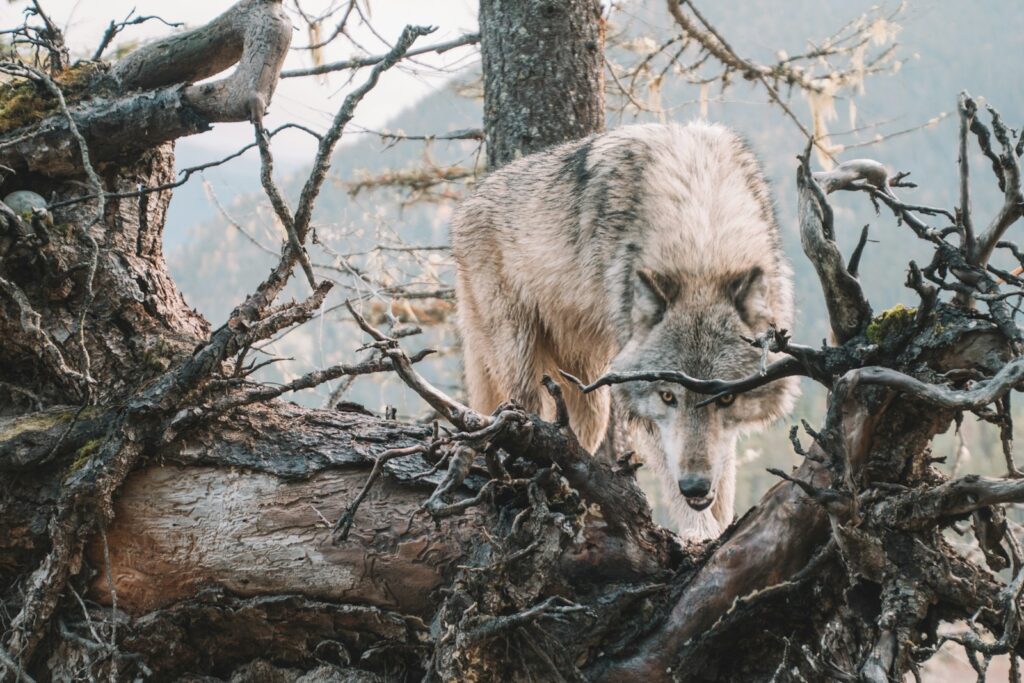
Today, Yellowstone’s wolf population has stabilized at 80-100 individuals in 8-10 packs, fluctuating naturally in response to prey availability, disease, and competition between packs. Scientists have observed the emergence of natural population regulation mechanisms, including territorial behavior and intraspecific competition that limit wolf density. Genetic studies show that occasional wolves from other populations have migrated into the Yellowstone region, helping maintain genetic diversity in what began as a relatively small founding population. The reintroduction’s success has inspired similar efforts elsewhere, including Mexican gray wolf recovery in the Southwest and proposals for wolf restoration in Colorado approved by voters in 2020. Looking ahead, the greatest challenge may be maintaining connected wolf populations across the Northern Rockies in the face of ongoing development and varying management approaches, ensuring that the ecological benefits of wolves extend beyond the boundaries of protected areas into the greater landscape.
Conclusion
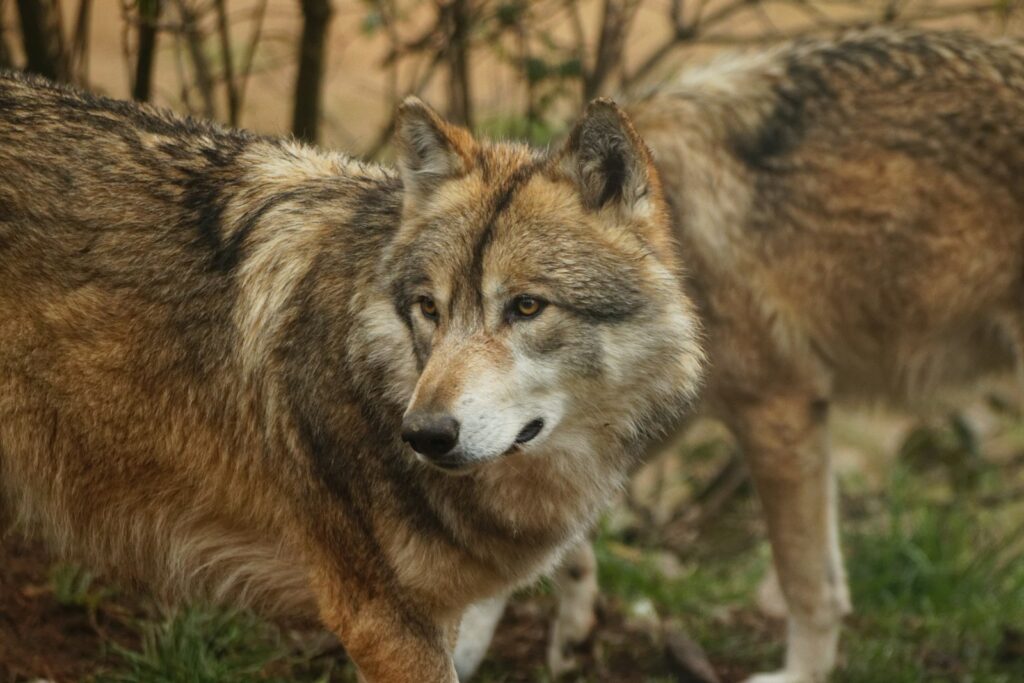
The reintroduction of wolves to Yellowstone stands as a powerful demonstration of nature’s interconnectedness and resilience. What began as a controversial wildlife management decision has evolved into one of conservation’s most compelling success stories, showing how the presence of a single species can catalyze ecosystem-wide renewal. The cascade of changes—from recovering vegetation to rebounding beaver populations to reshaping rivers—reveals ecological relationships far more complex than scientists initially anticipated. As the experiment continues into its third decade, it offers an ongoing lesson in the value of ecological completeness and the possibility of recovery even in systems long altered by human activity. Yellowstone’s wolves remind us that conservation isn’t just about preserving what remains, but sometimes about bringing back what’s been lost, allowing natural processes to heal landscapes in ways we might never have imagined possible.

